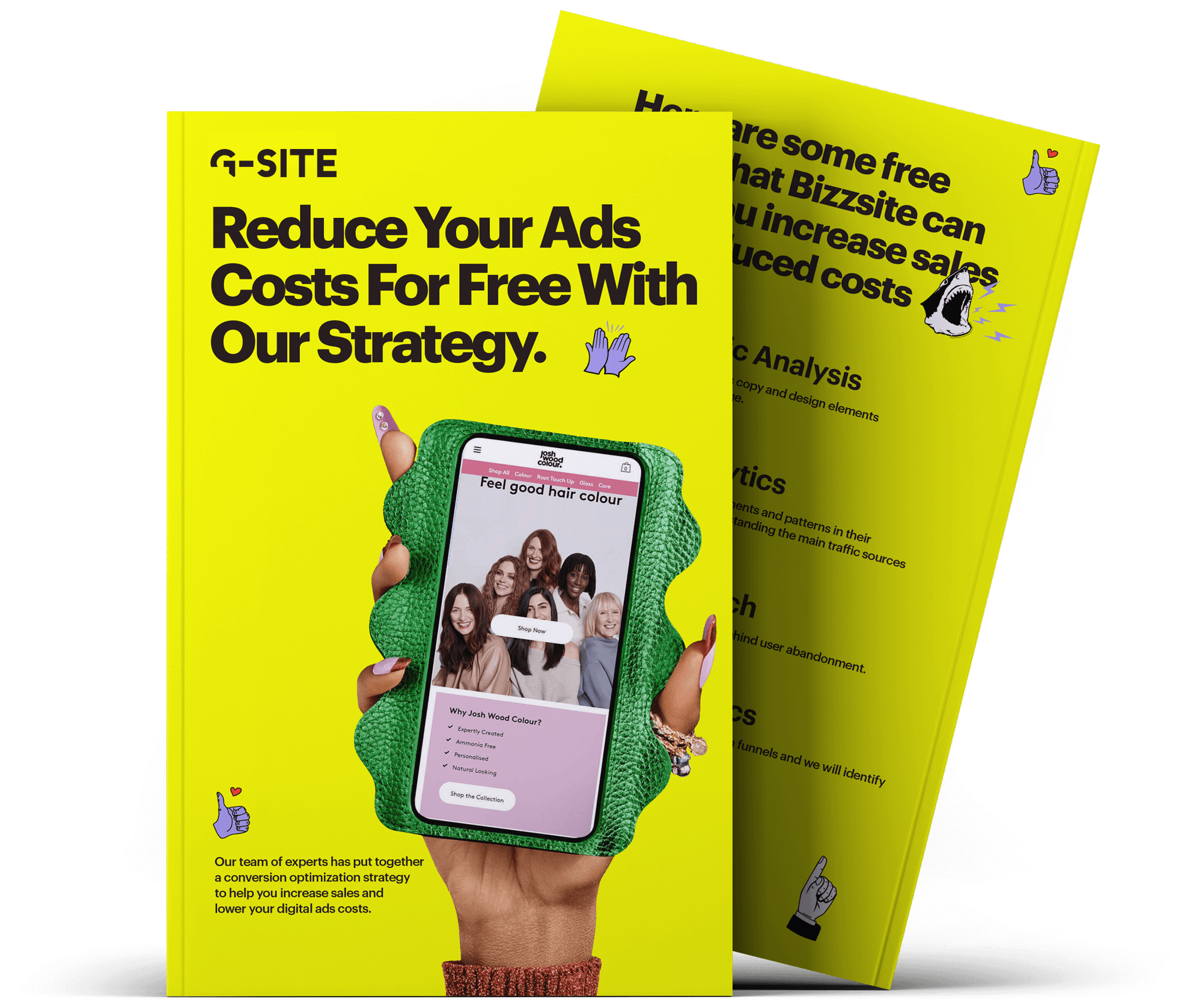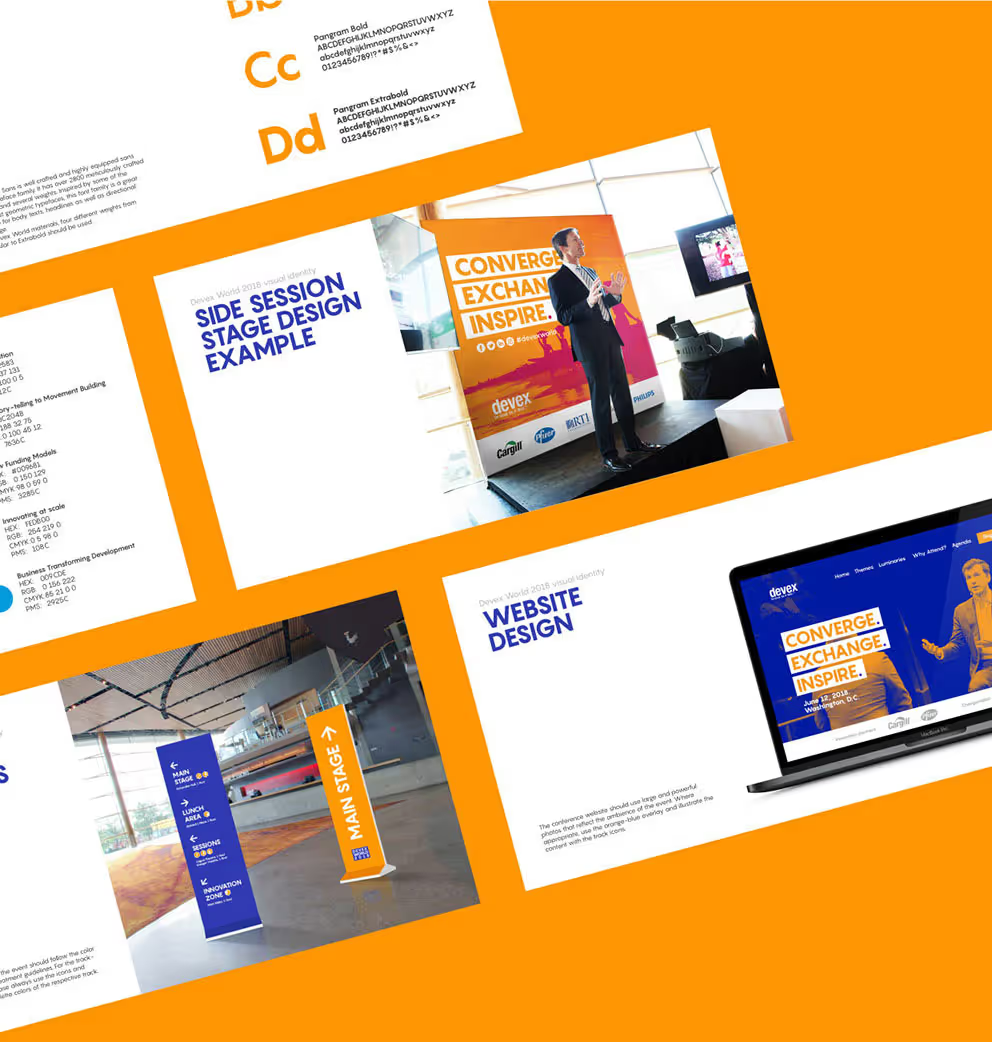%20(1).avif)
Give Me The $2,500 CRO Strategy For Free
Subscribe to
G-site sales blog
Get the best and latest in marketing and sales delivered to your inbox each week.


Because 94% of first impressions come from design. If your site doesn’t make visitors feel trust, comfort, or excitement, they leave. Emotional web design creates connection, confidence, and conversions.
👉 This reveals emotional triggers that guide better design choices.
👉 Direct feedback uncovers emotional roadblocks.
👉 Quick, low-cost insights before you launch.
👉 Good design + strong content = emotional reassurance.
Your website isn’t just about looks, it’s about feelings that drive action. By blending empathy, surveys, preference tests, and persuasive content, you can design sites that build trust, calm doubts, and boost conversions.
With G-Site sales-first websites, emotional design is built into every project, so your business doesn’t just get clicks, it gets customers.
Q: How do emotions affect web conversions?
Positive emotions like trust and excitement increase sign-ups, purchases, and leads.
Q: What’s the easiest way to test emotional design?
Start with surveys and preference tests, fast, affordable, and full of insights.
Q: Does mobile UX impact emotion?
Yes. A slow, clunky mobile site creates frustration. A smooth mobile experience builds confidence instantly.
%20(1).avif)
Get the best and latest in marketing and sales delivered to your inbox each week.